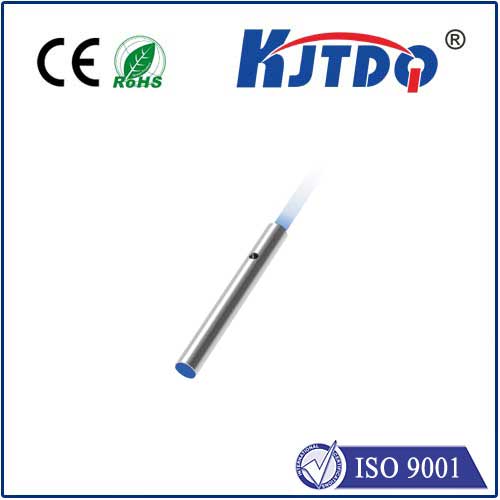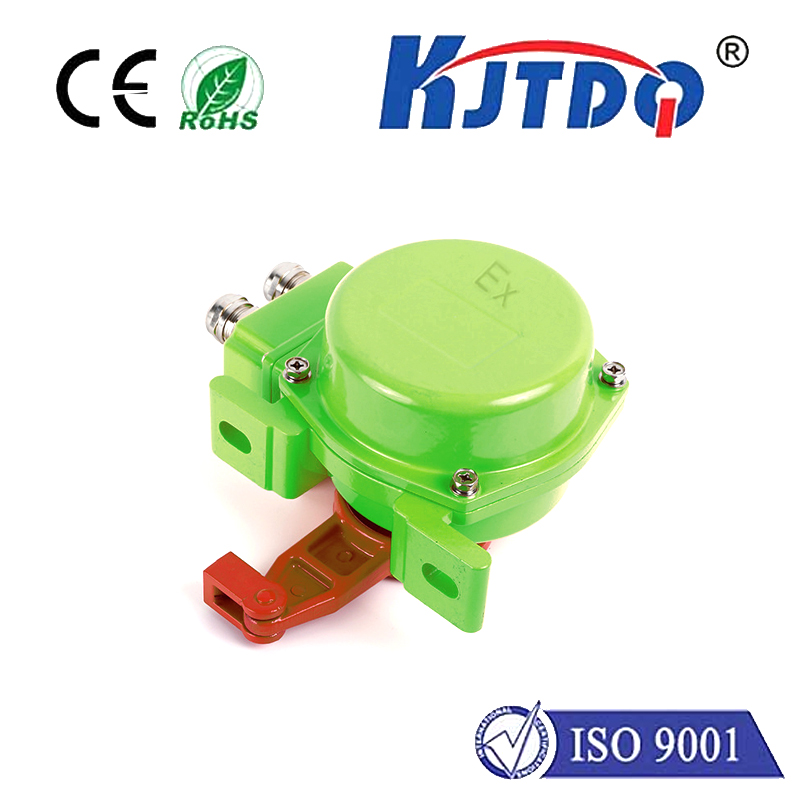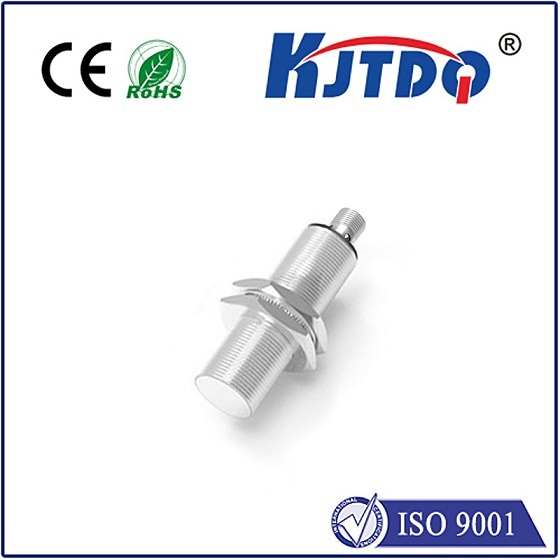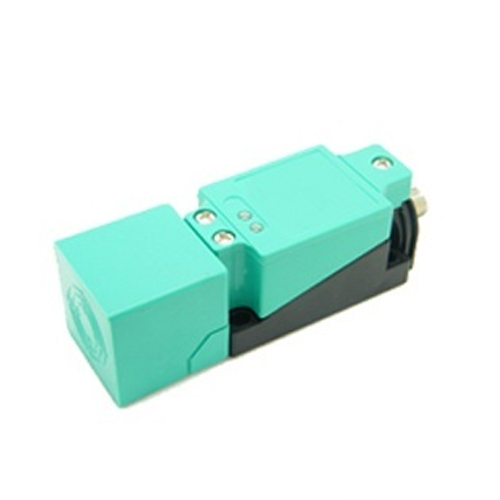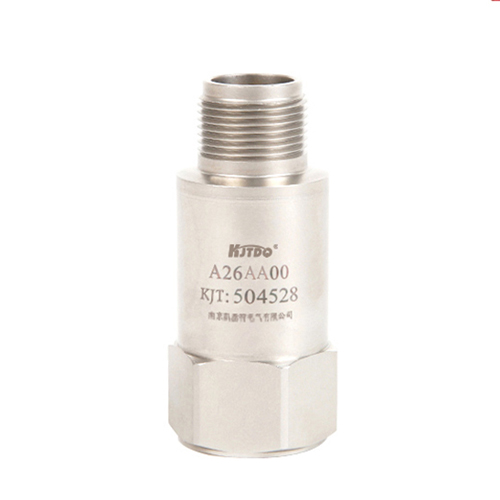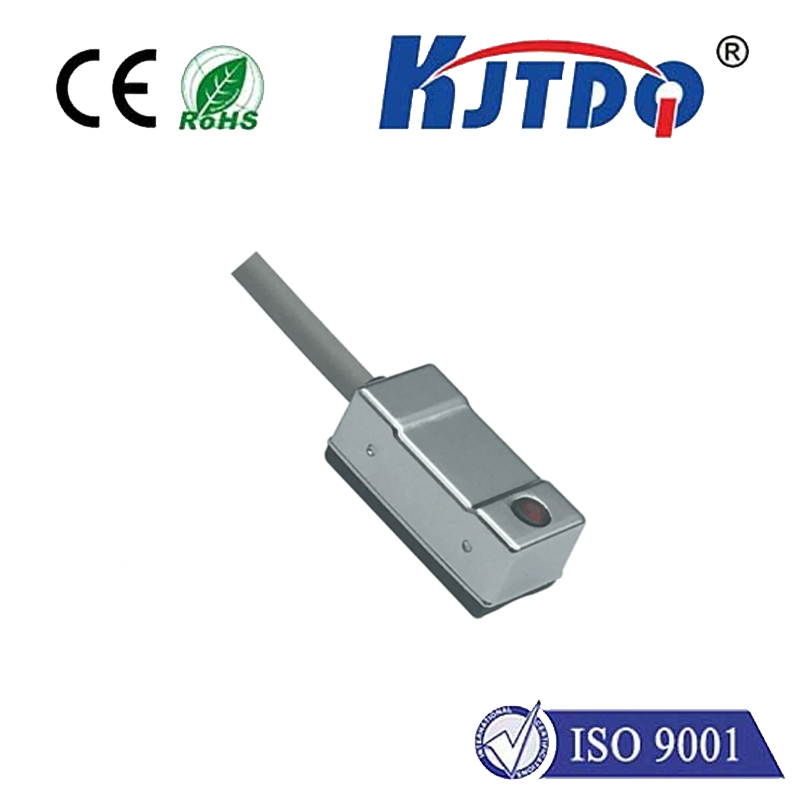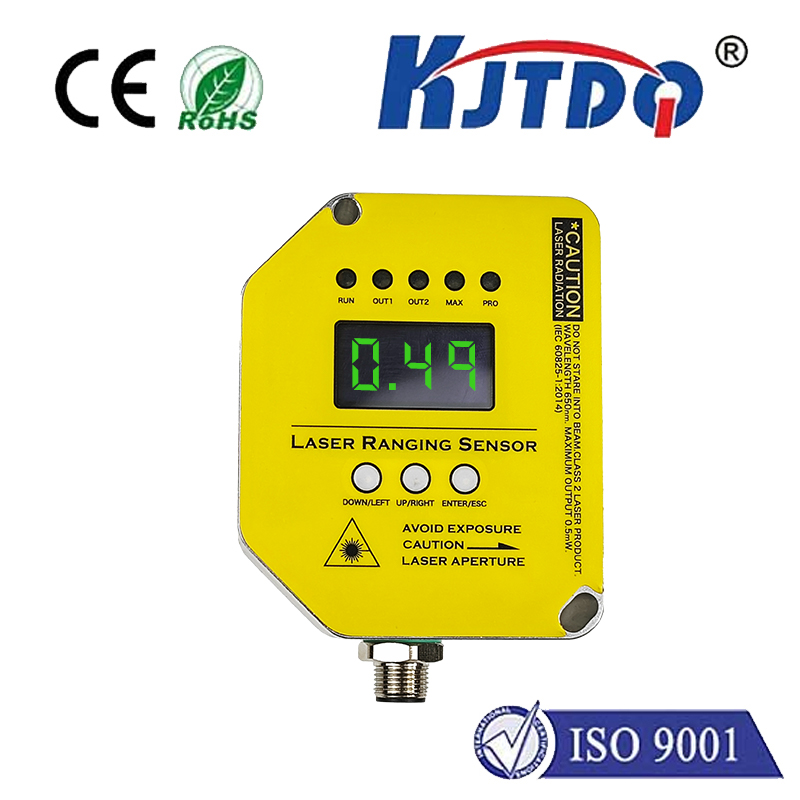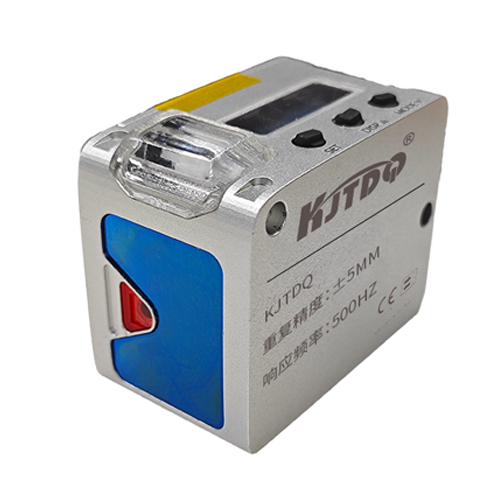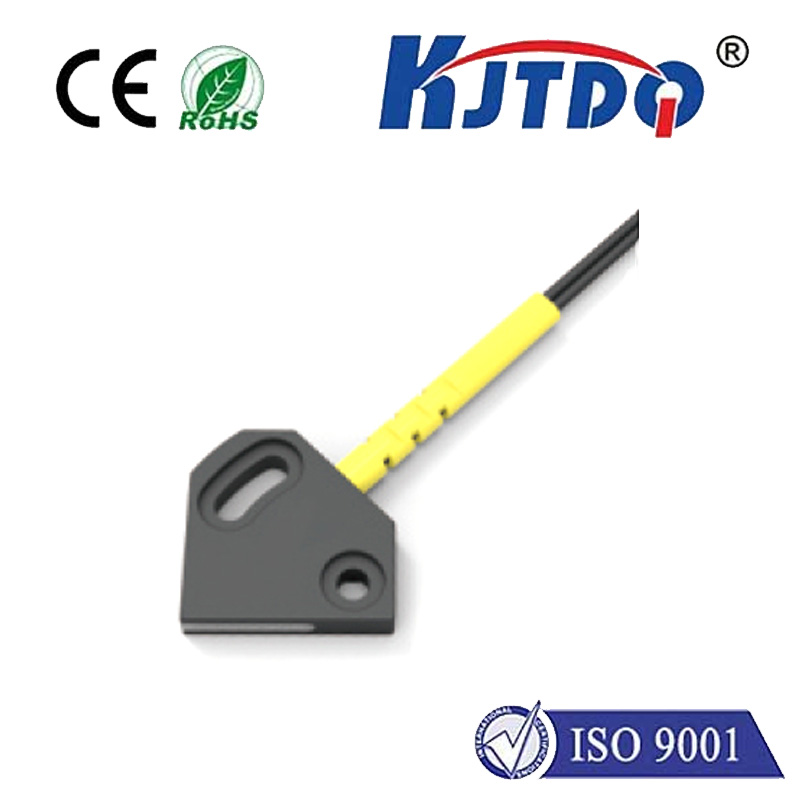

check

check

check

check

check

check

check

check

check

check
Title: Gear Tooth Speed Sensor: The Backbone of Modern Motion Control Systems In the world of modern motion control, few components play as crucial a role as the gear tooth speed sensor. This unassuming device is at the heart of numerous industrial and automotive systems, enabling precise measurement and control of rotational speeds. Its importance cannot be overstated, as it directly impacts the efficiency, safety, and reliability of various machines and vehicles. In this article, we will delve into what a gear tooth speed sensor is, how it functions, its applications, and why it is indispensable in today’s technology-driven era. What is a Gear Tooth Speed Sensor? A gear tooth speed sensor, often referred to as a toothed wheel speed sensor or simply a speed sensor, is a type of rotational speed measuring device. It consists of a sensor head that faces a gear with teeth—either external or internal. As the gear rotates, the teeth pass by the sensor, creating changes in the magnetic field if the sensor is of the magnetic type, or causing mechanical deflections if it’s a microswitch type. These changes are detected by the sensor, which then generates an electrical signal that corresponds to the gear’s speed of rotation. How Does a Gear Tooth Speed Sensor Function? The functioning of a gear tooth speed sensor revolves around electromagnetic principles for magnetic sensors or mechanical interactions for microswitch sensors. Let’s explore both types briefly:
Magnetic Gear Tooth Speed Sensors: These sensors contain a permanent magnet and a coil wound around it. As each tooth on the gear passes the sensor, it disturbs the magnetic field, inducing a voltage in the coil due to electromagnetic induction. The frequency of these voltage pulses corresponds directly to the rotational speed of the gear.

Microswitch Gear Tooth Speed Sensors: Instead of relying on electromagnetic principles, these sensors use physical contact. A lever arm connected to the microswitch is deflected as each tooth passes by, actuating the switch and creating a pulse of electricity. The sum of these pulses provides a measurement of the rotational speed. Applications of Gear Tooth Speed Sensors Gear tooth speed sensors have a wide array of applications across different industries due to their ability to provide accurate speed measurements under various conditions. Some common uses include:
Automotive ABS Brakes: Anti-lock braking systems (ABS) rely on speed sensors to detect wheel speed and prevent lock-ups during braking, ensuring vehicle stability and safety.
Industrial Machinery: Conveyors, elevators, and rotary kilns all use speed sensors to monitor and control the velocity of their moving parts, enhancing operational efficiency and safety.
Wind Turbines: To optimize energy capture and protect turbine components, gear tooth speed sensors measure the rotational speed of turbine blades, allowing for adjustments based on wind conditions.
Robotics: In robotic systems, precise control of joint movement is essential. Speed sensors provide feedback for motor control, enabling accurate positioning and coordination. The Importance of Gear Tooth Speed Sensors The significance of gear tooth speed sensors lies in their ability to provide real-time data on rotational speeds, which is critical for control systems to make informed adjustments instantly. They support automation, reduce maintenance costs by predicting failures before they happen through abnormal speed detection, enhance safety by preventing equipment failures or accidents, and contribute to overall energy savings by optimizing machine operations. In conclusion, gear tooth speed sensors are vital components that underpin many aspects of modern technology and industry. Their reliable operation ensures that everything from our cars to our manufacturing lines run smoothly and efficiently. As technology continues to advance, these sensors will undoubtedly find even more innovative applications, solidifying their status as cornerstones of modern engineering marvels.
